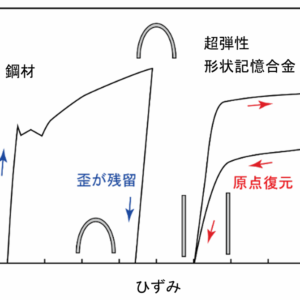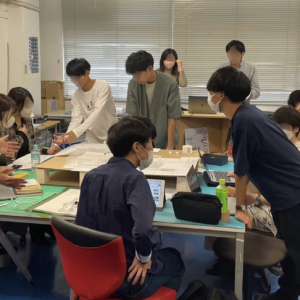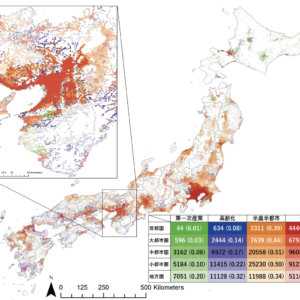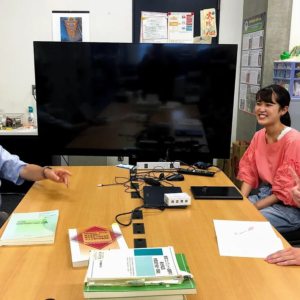
【田路研究室】建築論の探求と建築設計の実践
Of the Theories and Practices of Reinforced Concrete in the Society of Architecture of Japan during the 1910s
博士課程四年生 Jianshuo SHU
For Japan, the period from the end of the Russo-Japanese War to the Great Kanto Earthquake (1906-1923), or approximately the decade of the 1910s, is the era when reinforced concrete (RC) developed rapidly right after the very early introduction of the technology itself. Meanwhile, the sphere of architectural thoughts was flourishing as well, in which manifold thoughts were interwoven with the new material and technology, i.e., RC.
This study, therefore, takes a look into the conceptions, both technical and ideational, and the practices of RC in that era for revealing the tribute of RC to the society of architecture in Japan. From the theories in the textbooks and the technical articles in the magazines then, it can be confirmed that the technologies of RC in Japan had reached a relatively high level by the end of the 1910s, as the calculations and the basic manners of construction were already similar with today’s knowledge. And a peak of the popularization of RC can also be discovered in the middle of the decade. About the ideational conceptions of RC, under the overwhelming trend of “RC and new style”, which even lasted throughout the WWI, manifold manners were proposed, including the abstract principles like the truth of structure, no imitation of historical styles, together with the specific ideas like simple form, free shape, curtain wall system, rigid frame, surface dealing, etc. Considering the feverish discussions about RC, this study takes a further step to inspect the works from the figures who had the most influential or featured talks (under progress) for verifying their ideas on RC, from which various proclivities such as the implementation of American office building, the exploration of RC in traditional architectural forms, and the manner of symbolization can be configured.
Overall, all the facts revealed in the study show the diversity of the thoughts on RC as well as the practices of this technology throughout the 1910s, which had begun leaving the realm of eclecticism, and heralded the germ of the architecture of the next decade in Japan. Moreover, this study aims at not only helping understand the history of architecture in a specific country, but also offering another perspective for rethinking the legend of modernist architecture.







